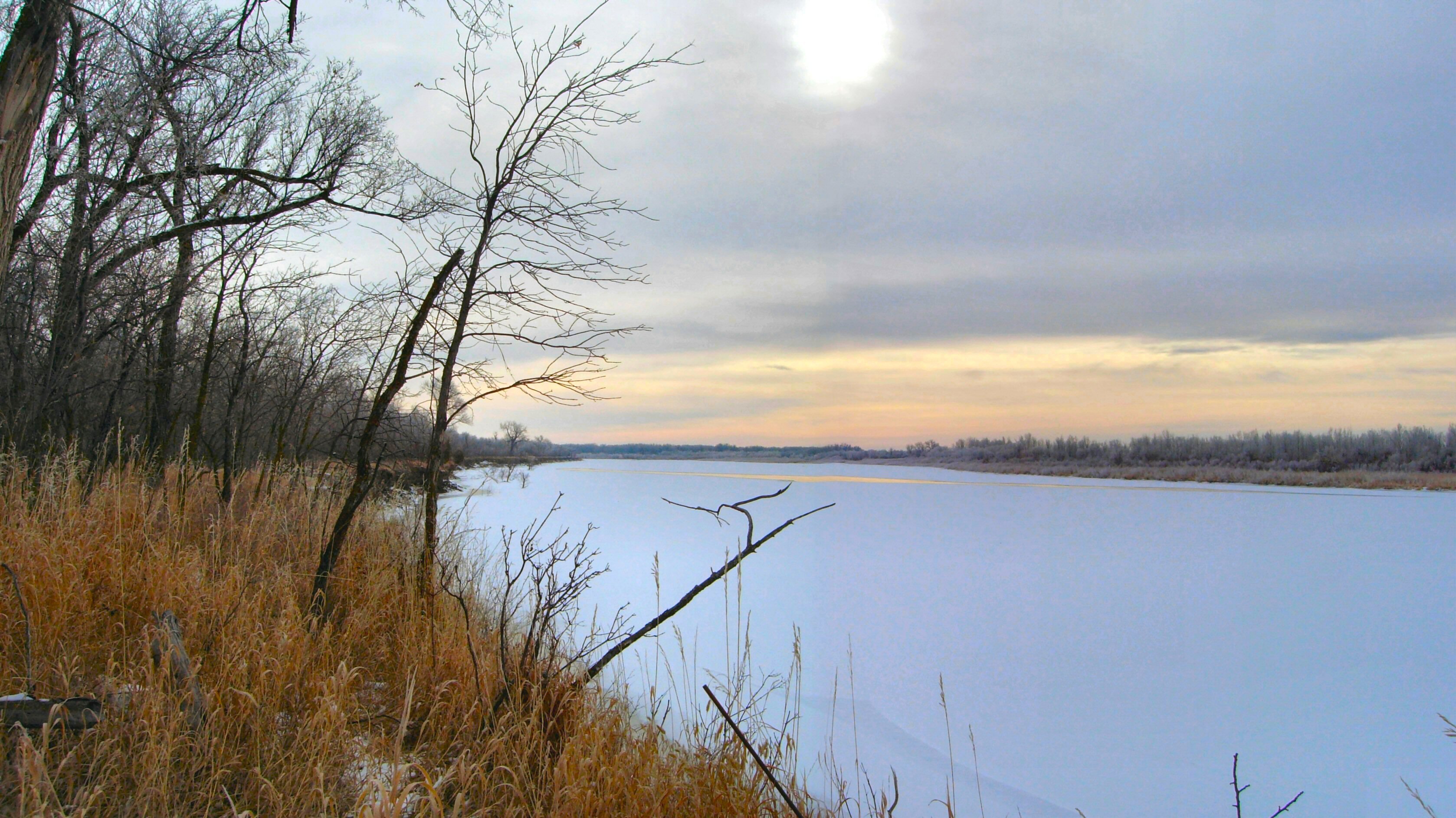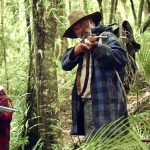by Katie McCleary (Staff Columnist)
“Indigenous Beats” is a new column dedicated to the circulation and discussion of indigenous news cuz #NativeErasure. Raised on the Crow Rez in Montana I come from Apsáalooke and Chippewa-Cree families. Check back for that aunty quality gossip, reviews of indigenous arts, and coverage of issues that affect indigenous communities. I’ll be there for you when mainstream media isn’t.
Black Snake: Another attack on Native peoples’ resources
The Black Snake or Dakota Access Pipeline will span over 1, 100 miles and is estimated to transport 470,000 barrels of crude oil every day across Montana, Wyoming, Minnesota, Iowa, and Nebraska. A leak or break in the pipeline would affect all Missouri River Native nations.
The youth and women of the Standing Rock Sioux Tribe are at the forefront of this threat to Native lands, resources, and water. In early August, 30 Standing Rock youth ran 2,000 miles to deliver a petition requesting denial of the construction permit for the pipeline to the Army Corps of Engineers in Washington, D.C. The youth also asked President Obama for a meeting. The president did not respond.
Organizing under the hashtags #NoDAPL, #RezpectOurWater, #HonorTheTreaties, #WaterIsLife, #ProtectTheSacred, #IndigenousRising, and #StandWithStandingRock on social media, protectors of the Standing Rock Sioux Reservation have thus far successfully stopped construction of the pipeline through peaceful protest, prayer, and physical sacrifices. Yet on August 24, U.S. District Judge Daniel Hovland extended Energy Transfer Crude Oil Company’s restraining order against them. A hearing has been set for September 8th. In the meantime, North Dakota homeland security has reportedly removed water tanks and state-owned trailers from the Sacred Stone Camp, leaving protectors with no water in the dry summer heat of the Plains.
Initially, Energy Transfer Crude Oil Company, LLC had considered two potential routes for the Dakota Access Pipeline: one bordering the Standing Rock Sioux Reservation (78% Native), threatening sacred lands, burial grounds, and water – and one near the state capital of Bismarck (94% white).[1] The latter was ultimately abandoned because of fears for Bismark.
More than 90 Native nations and indigenous groups have pledged their commitment to fighting the Dakota Access Pipeline and supporting the Standing Rock Sioux Tribe. Including Native nations such as the Apsáalooke (Crow) who are historical enemies of the Standing Rock Sioux Tribe. More than 4,000 people have traveled to the Sacred Stone Camp to protest the Dakota Access Pipeline near the Standing Rock Sioux Reservation. Over 29 have been arrested including the Chairman of the Standing Rock Sioux Tribe Dave Archambault II. The unity amongst Native people on this issue highlights the historic and current battles for water rights by Native nations across the Western Hemisphere. Water is life. Water is sacred.
___________________________________________________________________
- Read an op-ed by the Chairman of the Standing Rock Sioux Tribe: http://www.nytimes.com/2016/08/25/opinion/taking-a-stand-at-standing-rock.html?_r=0
- Sign the Rezpect Our Water petition and learn more about the Rezpect Our Water movement: http://rezpectourwater.com/
- Donate to the Go Fund Me for those at the Sacred Stone Camp and fighting the Dakota Access Pipeline: https://www.gofundme.com/sacredstonecamp
- Contribute to the legal defense fund and learn more about the protectors: https://fundrazr.com/d19fAf
- Learn more about the Sacred Stone Camp and sign the pledge of resistance: http://sacredstonecamp.org/
- View the Association of Native Americans at Yale’s letter of support for the Standing Rock Sioux Tribe and protectors: https://www.facebook.com/The-Association-of-Native-Americans-at-Yale-154559944561304/?fref=ts&ref=br_tf
[1] Annual Estimates of the Resident Population: April 1, 2010 to July 1, 2015. U.S. Census Bureau, Population Division, May 2016. http://factfinder.census.gov/faces/tableservices/jsf/pages/productview.xhtml?src=CF



